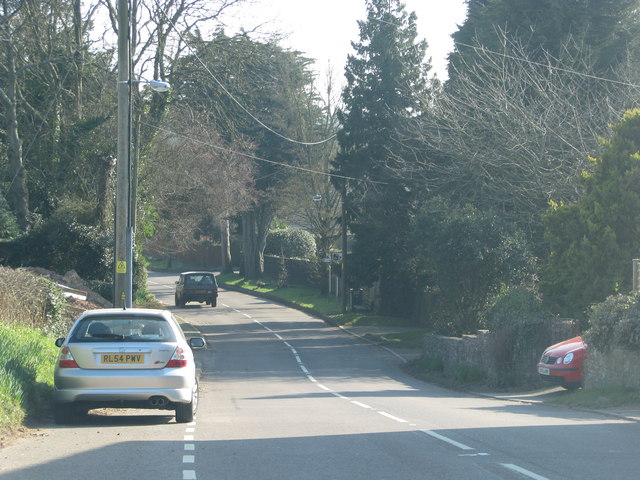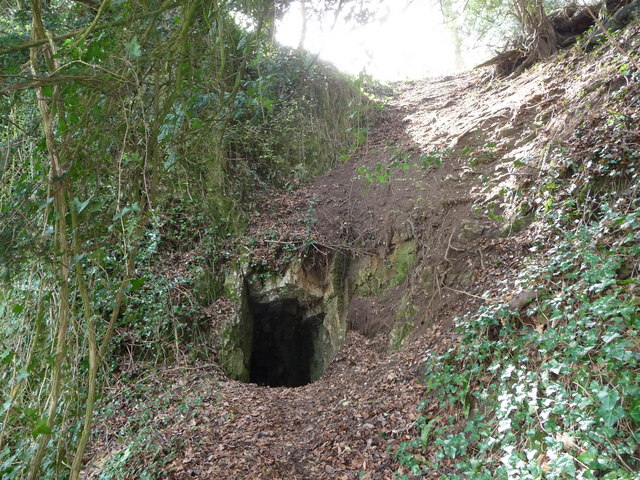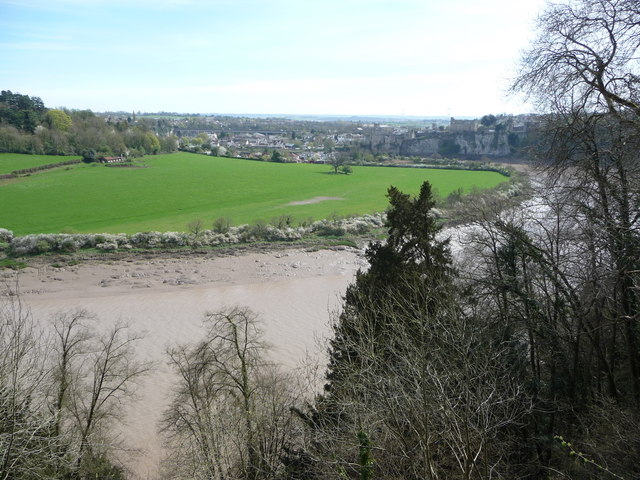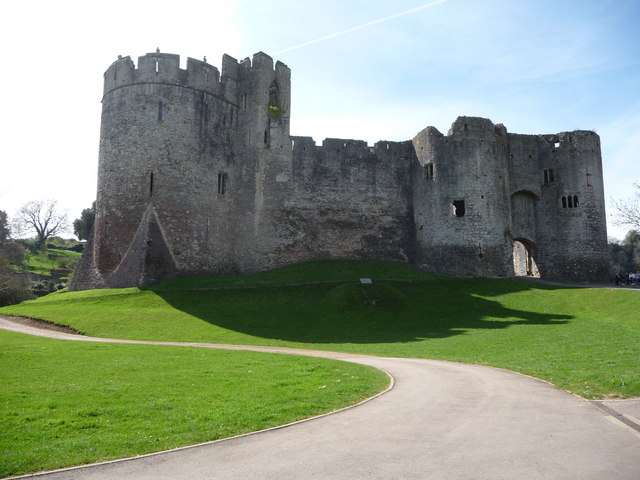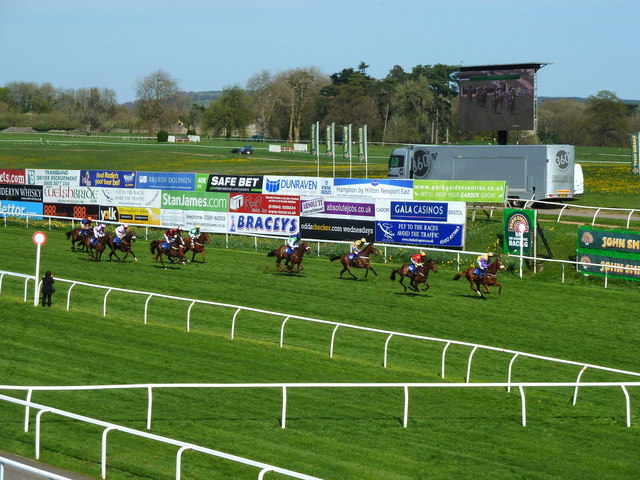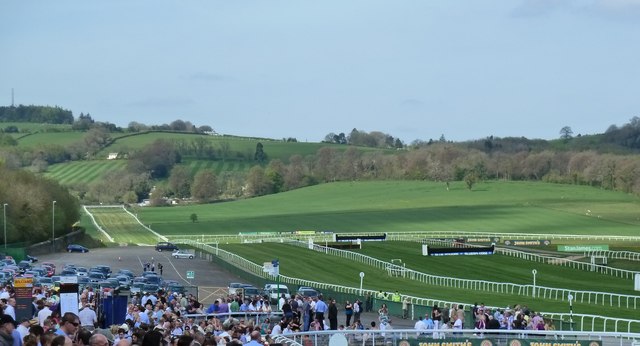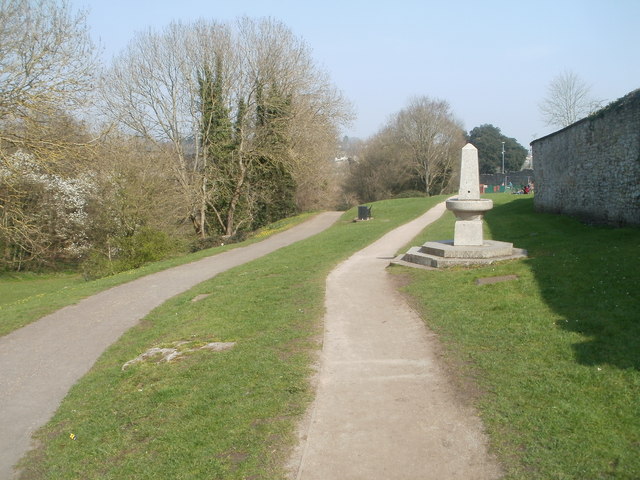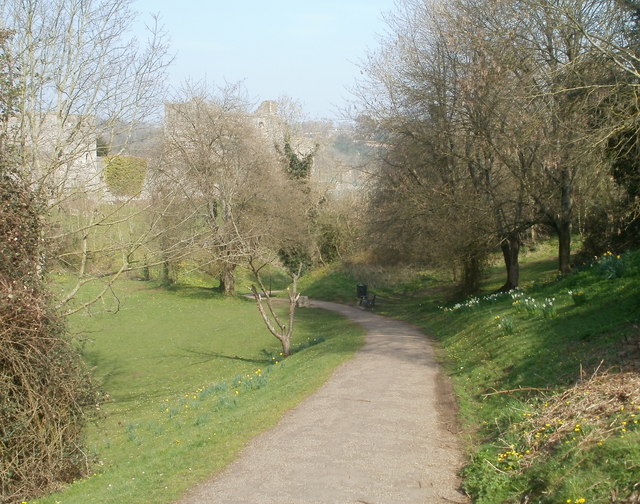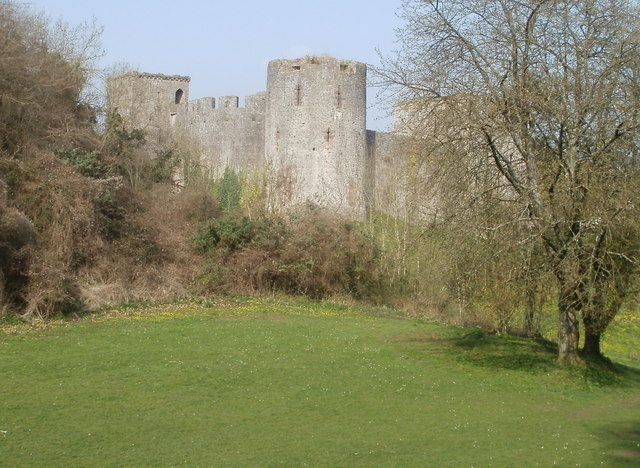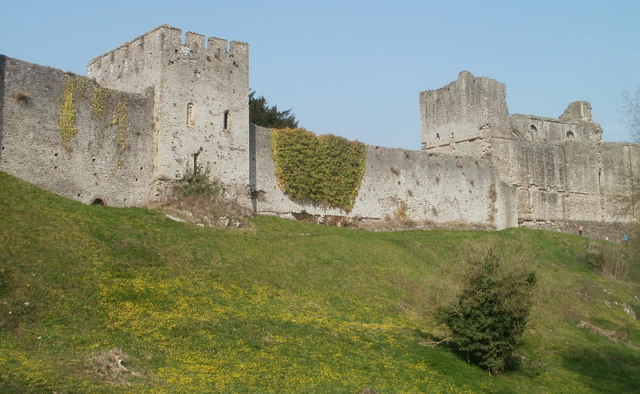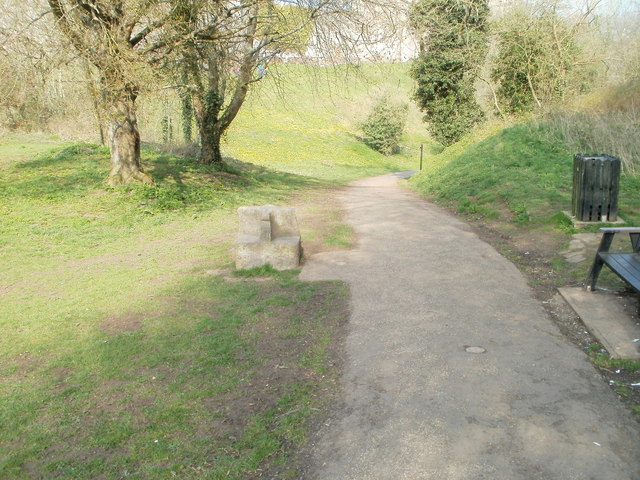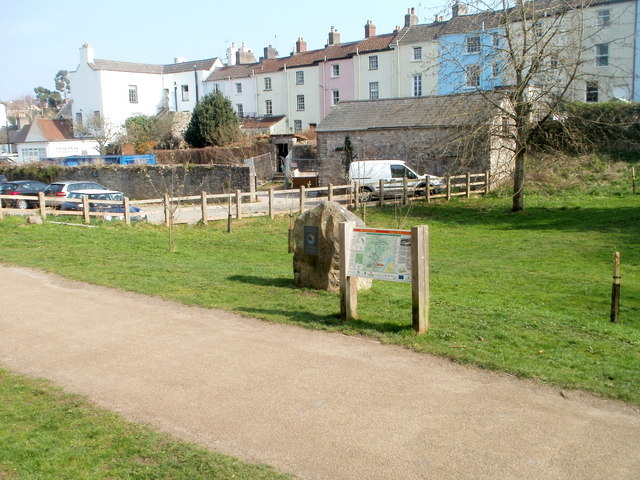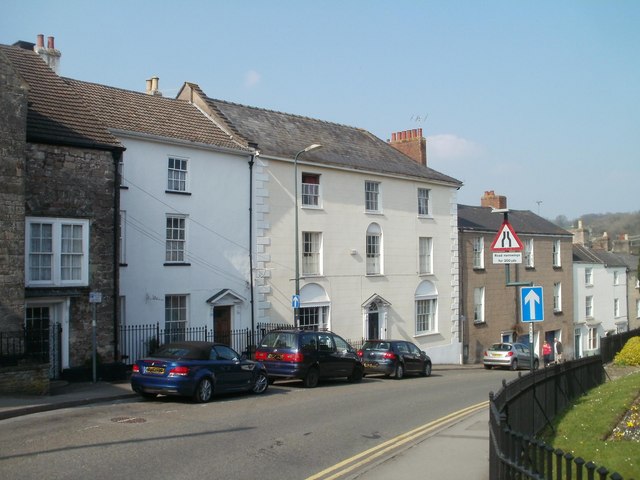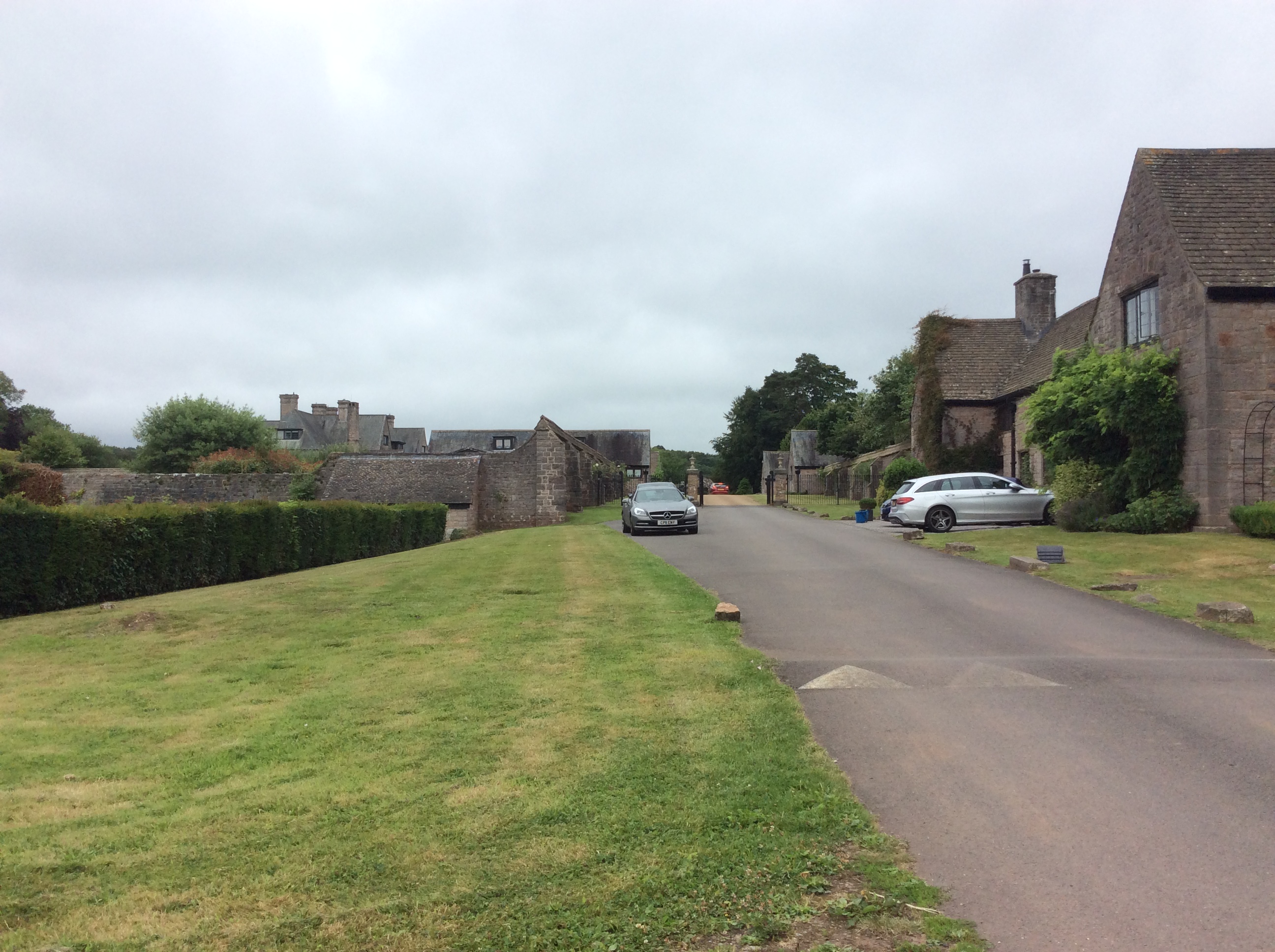Cockshoot Wood
Wood, Forest in Monmouthshire
Wales
Cockshoot Wood
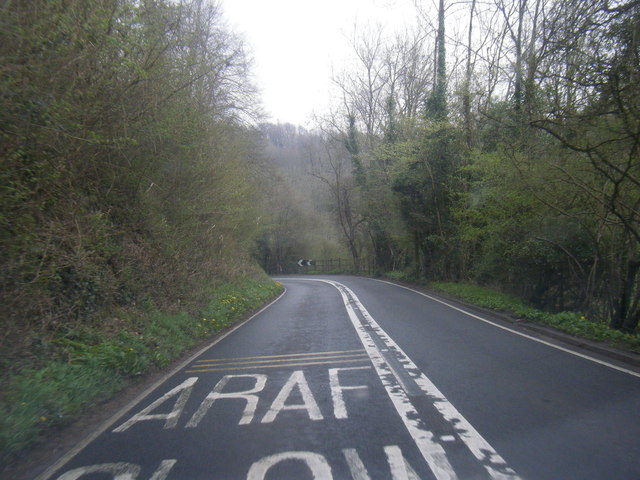
Cockshoot Wood is a picturesque woodland located in Monmouthshire, Wales. Covering an area of approximately 20 hectares, it is a popular destination for nature lovers and hikers alike. The woodland is characterized by its diverse range of trees, including oak, beech, ash, and birch, which create a vibrant and colorful landscape throughout the year.
The wood is known for its rich biodiversity, providing a habitat for a variety of wildlife species. Visitors may encounter various bird species such as woodpeckers, owls, and buzzards, as well as small mammals like squirrels, badgers, and foxes. The woodland floor is also home to an array of plants, wildflowers, and fungi, making it a great spot for nature enthusiasts and photographers.
The wood features several well-marked trails, allowing visitors to explore its beauty at their own pace. These paths wind through the trees, offering breathtaking views of the surrounding countryside and the nearby River Wye. Additionally, there are several picnic areas and benches scattered throughout the wood, providing a perfect setting for a leisurely lunch or a moment of relaxation.
Cockshoot Wood is easily accessible, with ample parking available nearby. The wood is open to the public year-round, and there is no entrance fee, making it an ideal destination for a family outing or a peaceful solo retreat. Whether you are a nature lover, a hiker, or simply seeking a tranquil escape, Cockshoot Wood offers a serene and enchanting experience in the heart of Monmouthshire.
If you have any feedback on the listing, please let us know in the comments section below.
Cockshoot Wood Images
Images are sourced within 2km of 51.648045/-2.701116 or Grid Reference ST5194. Thanks to Geograph Open Source API. All images are credited.
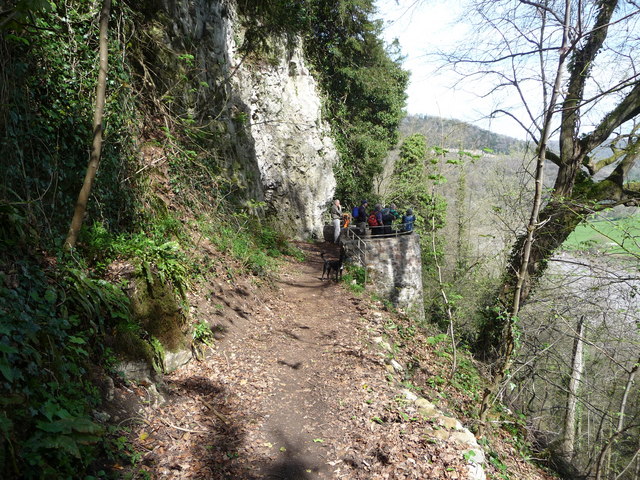
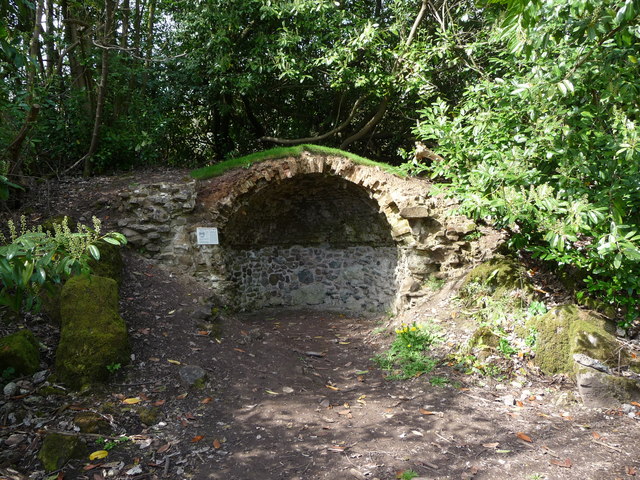
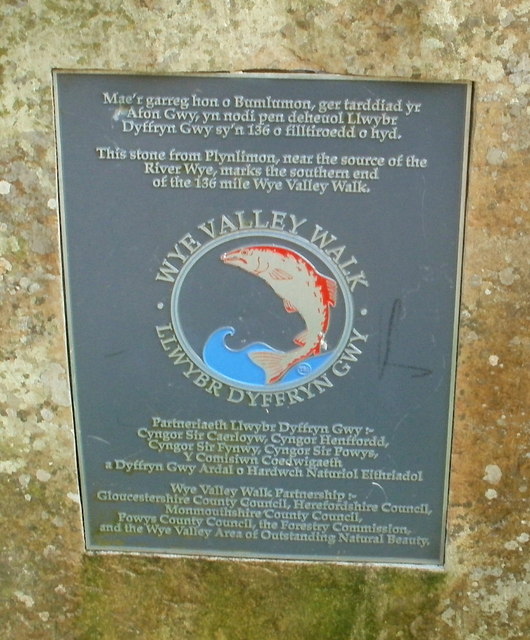
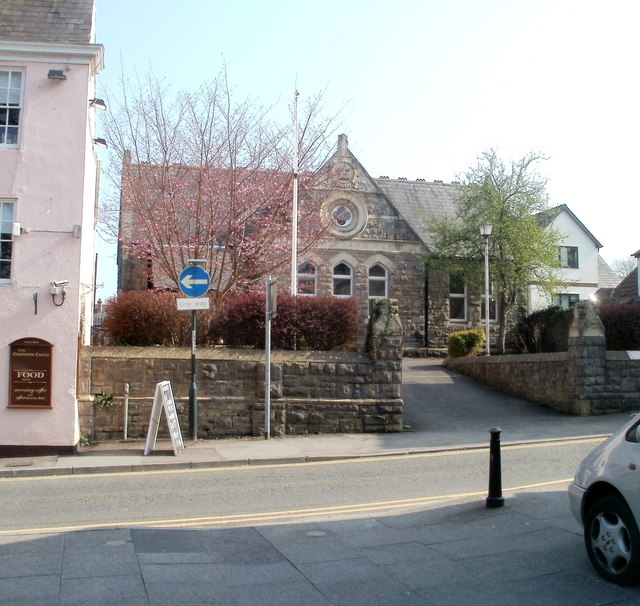
Cockshoot Wood is located at Grid Ref: ST5194 (Lat: 51.648045, Lng: -2.701116)
Unitary Authority: Monmouthshire
Police Authority: Gwent
What 3 Words
///surprised.approvals.baseline. Near Chepstow, Monmouthshire
Nearby Locations
Related Wikis
St Lawrence Hospital, Chepstow
St Lawrence Hospital (Welsh: Ysbyty St Lawrence) was a specialist plastic surgery and burns hospital on the west side of St Lawrence Road in Chepstow,...
Chepstow Racecourse
Chepstow Racecourse is a thoroughbred horse racing course located just north of the town of Chepstow in Monmouthshire, Wales, near the southern end of...
Mounton
Mounton is a hamlet in Monmouthshire, south east Wales, United Kingdom, located two miles west of Chepstow in a rural setting. The parish was originally...
Mounton House
Mounton House, Mounton, Monmouthshire, Wales, is the last major country house built in the county, constructed between 1910 and 1912 by the architect and...
Chepstow Community Hospital
Chepstow Community Hospital (Welsh: Ysbyty Cymunedol Cas-gwent) is a community hospital located on the east side of St Lawrence Road in Chepstow, Monmouthshire...
Green Gathering
The Green Gathering, formerly known as the Big Green Gathering is a festival with an environmental and social justice focus, including workshops and talks...
Piercefield House
Piercefield House is a largely ruined neo-classical country house near St Arvans, Monmouthshire, Wales, about 1.5 miles (2.4 km) north of the centre of...
Howick Farmhouse, Itton
Howick Farmhouse, in the hamlet of Howick, near Itton, Monmouthshire is a farmhouse dating from the mid-16th century. It is a Grade II* listed building...
Nearby Amenities
Located within 500m of 51.648045,-2.701116Have you been to Cockshoot Wood?
Leave your review of Cockshoot Wood below (or comments, questions and feedback).
